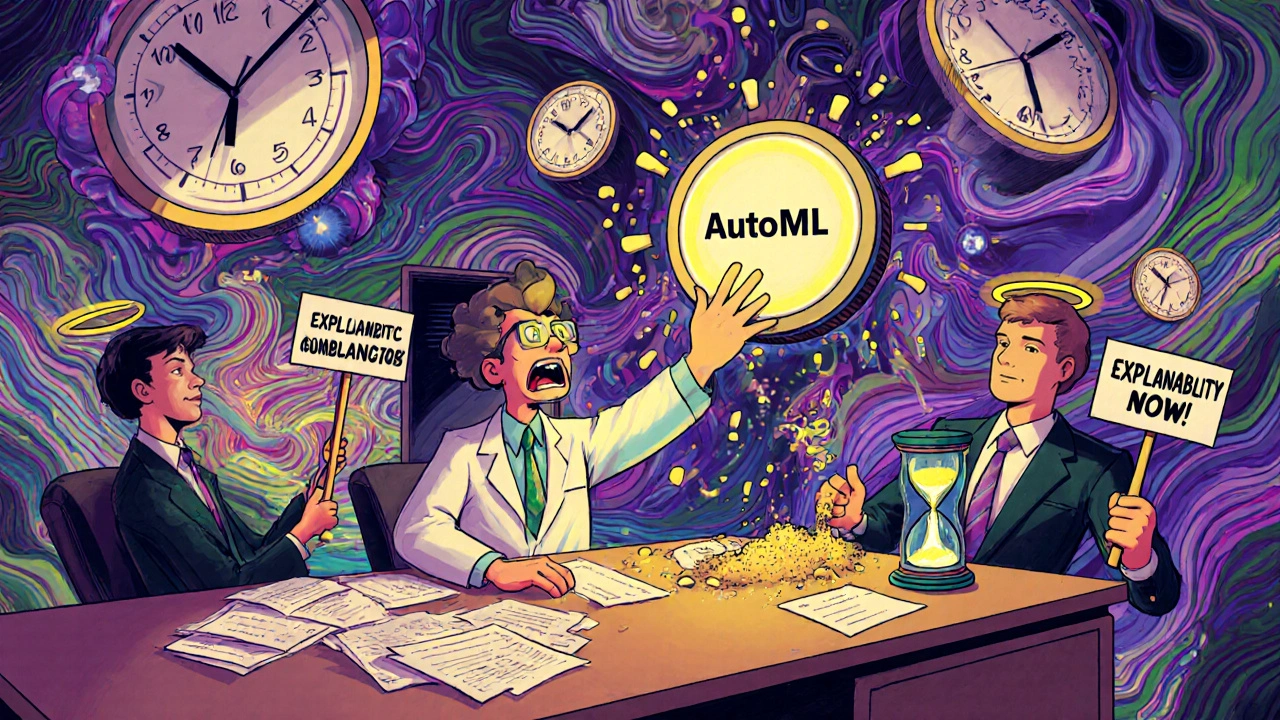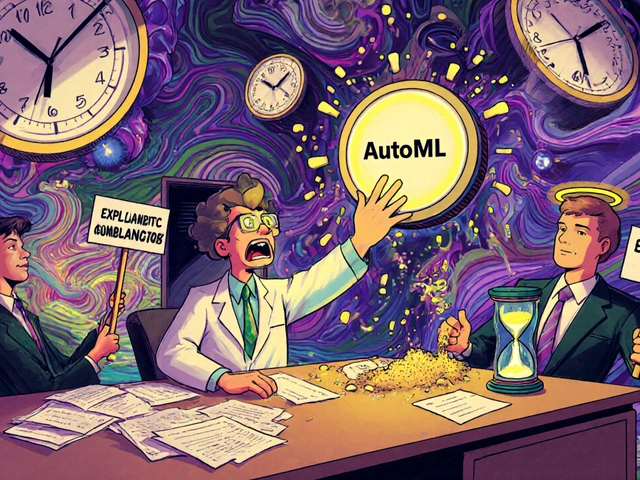Fintech Model Development: Build Smarter Financial Tools That Actually Work
When you hear fintech model development, the process of designing software systems that automate financial decisions, from lending to fraud detection, using data and algorithms. Also known as financial technology modeling, it’s what powers your mobile bank app, your credit score, and even why your debit card gets blocked at a gas station. This isn’t sci-fi—it’s the quiet engine behind every digital finance tool you use daily.
Fintech model development requires more than Python scripts and cloud servers. It demands DDoS protection, a system that keeps financial apps running during massive cyberattacks, often targeting payment platforms and trading apps to prevent service outages that cost millions. It needs regulatory compliance, the rules that force fintechs to prove their models aren’t biased, risky, or illegal—like KYC checks, GDPR, and SEC reporting. And it relies on AI in finance, algorithms that predict defaults, flag fraud, or adjust interest rates in real time based on user behavior. These aren’t optional add-ons. They’re the foundation.
Look at the posts here: you’ll find articles on how fintech apps survive DDoS attacks, how digital banks help you build credit using alternative data, and how DeFi governance tokens give users real control. These all tie back to fintech model development. Every cashback feature, every automated rebalance, every fraud alert you see? Someone built a model for it. And if that model didn’t account for real-world chaos—like currency swings, hackers, or regulatory changes—it failed. The best fintech models don’t just work on paper. They work when the system is under pressure.
You won’t find fluff here. No buzzwords about blockchain magic or AI that thinks like a human. Just real examples of how financial tech is built, tested, and kept alive in 2025. Whether you’re curious about how your neobank knows you’re spending too much, why your trading platform stays up during market crashes, or how your loan application gets approved in seconds—this collection shows you the guts behind the interface. These are the models that actually matter.





